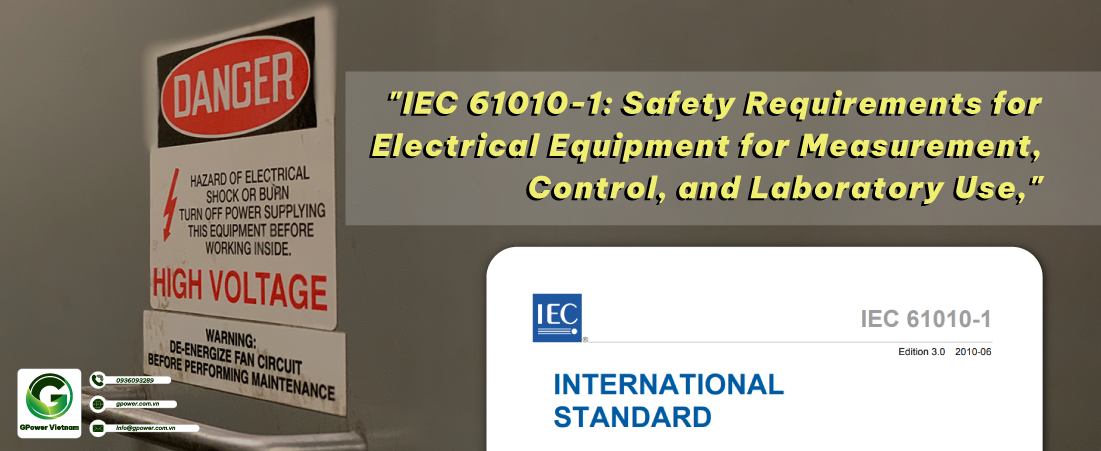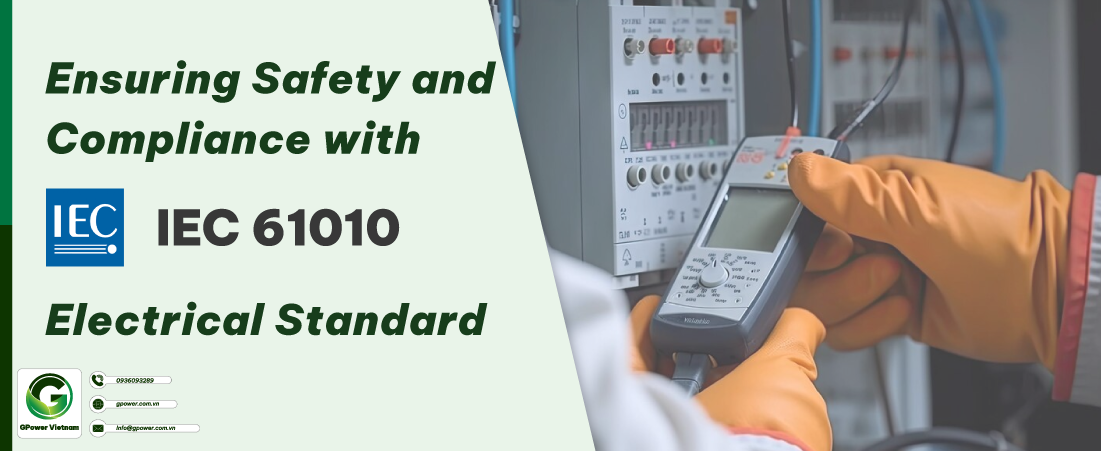Electrical devices surround us in our daily lives, from household appliances to industrial machinery. Ensuring the safety and reliability of these devices is of utmost importance. This is where standards like IEC 61010 come into play.
What is IEC 61010
IEC 61010, formally known as "IEC 61010-1: Safety Requirements for Electrical Equipment for Measurement, Control, and Laboratory Use," is an international standard developed by the International Electrotechnical Commission (IEC). It provides a framework to ensure the safety of electrical equipment used for measurement, control, and laboratory applications.

Why is IEC 61010 important
-
Safety for Users: One of the primary objectives of IEC 61010 is to ensure the safety of users from electrical, mechanical, thermal, and other related hazards. It sets stringent criteria for designing equipment to minimize the risks associated with electricity.
-
International Compliance: IEC 61010 is globally recognized. This means that manufacturers and organizations worldwide adhere to its guidelines. If your electrical equipment complies with IEC 61010, it can be sold and used internationally without major hurdles.
-
Risk Reduction: Adhering to this standard helps manufacturers identify and reduce risks associated with electrical equipment. This includes mitigating risks of electrical shock, explosions, and other potential hazards.
-
Legal Requirements: In many countries, compliance with IEC 61010 is a legal requirement for specific applications of electrical equipment. Violating these standards can lead to legal consequences and product recalls.

Key Aspects of IEC 61010
-
Classification: The standard defines different types of equipment based on their applications and potential risks. It proposes different, specific safety requirements for each type, from general-purpose devices to specialized laboratory equipment.
-
Safety Features: IEC 61010 sets out specific safety requirements and features that equipment must adhere to. This includes protection against electrical shock, explosion hazards, and other potential risks.
-
Instruction Manuals: Manufacturers must provide comprehensive product documentation, including user manuals, maintenance instructions, and safety precautions.
-
Testing and Certification: Compliance with IEC 61010 often involves rigorous testing and certification procedures to ensure equipment meets safety and performance requirements.
-
Updates: Standards are continuously updated to keep up with technological advancements. Regular updates are essential to ensure continuous compliance of equipment with the latest standards and reduce risks associated with using outdated products.
IEC 61010 is a crucial international electrical standard aimed at ensuring the safety and performance of widely used electrical equipment. Compliance with IEC 61010 not only safeguards users from electrical risks but also ensures international conformity and reduces legal risks.
Mastering IEC 61010 and implementing its requirements are essential parts of the design, manufacturing, and use of quality and safe electrical equipment.
Tham khảo





